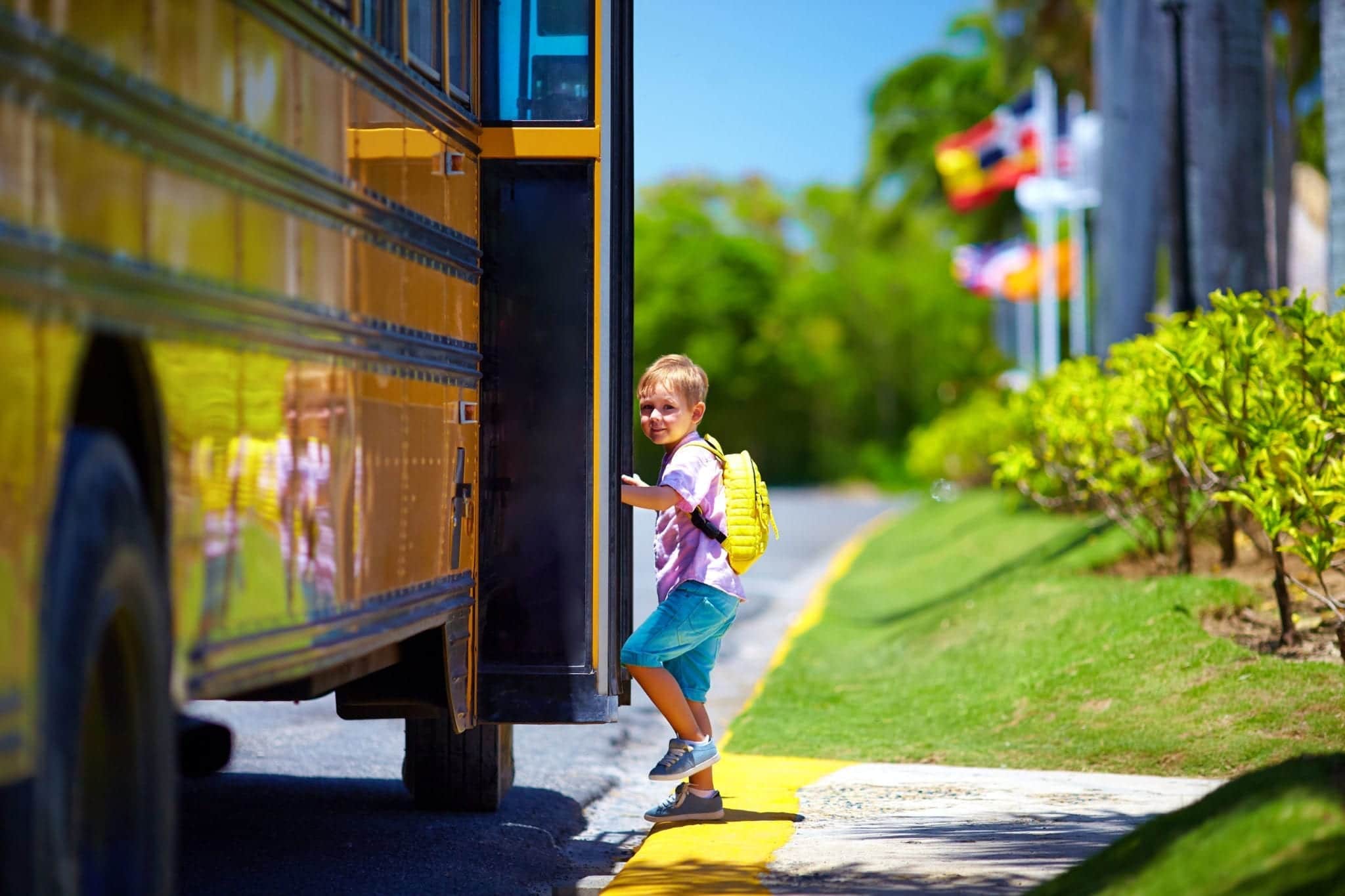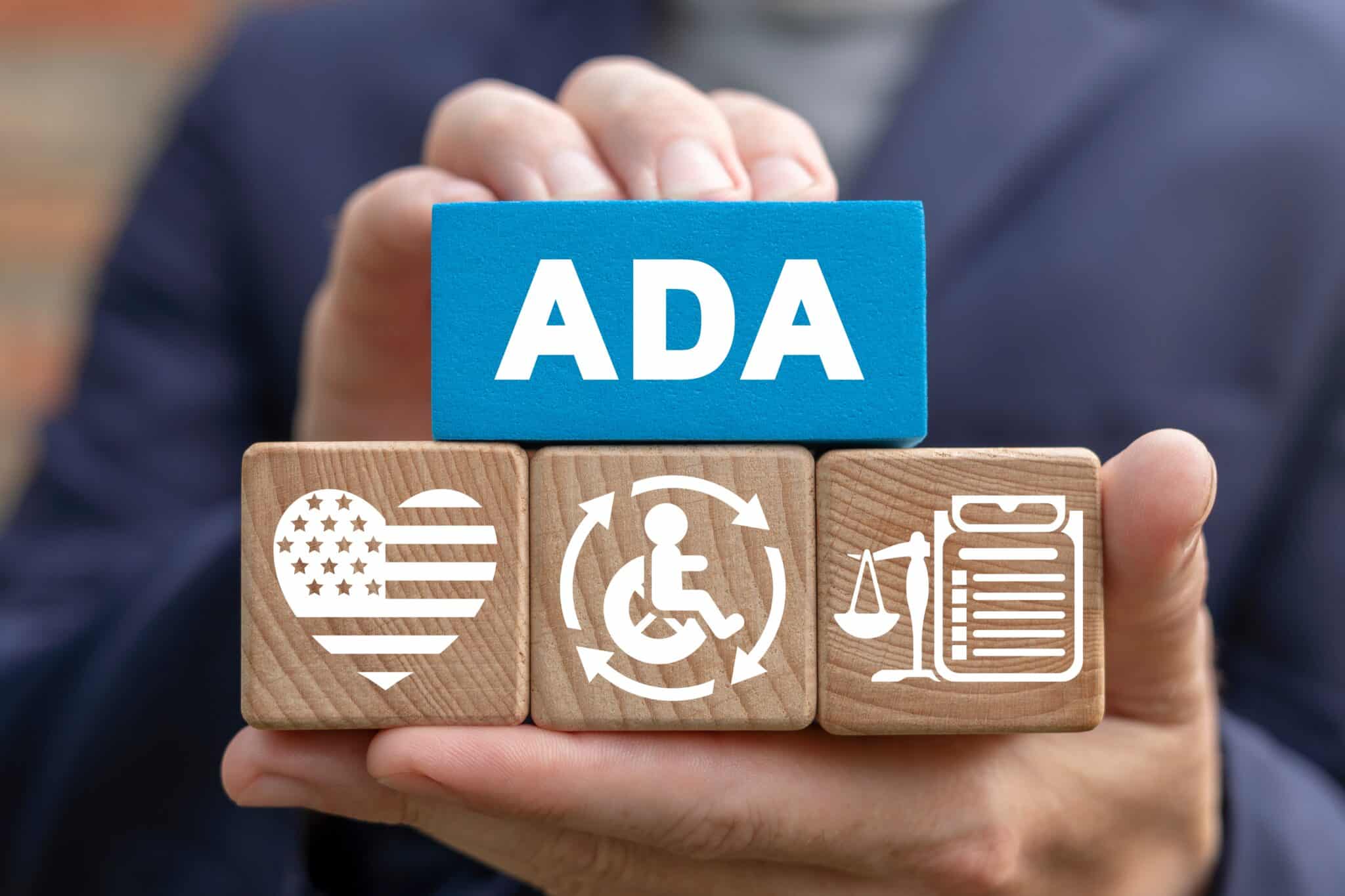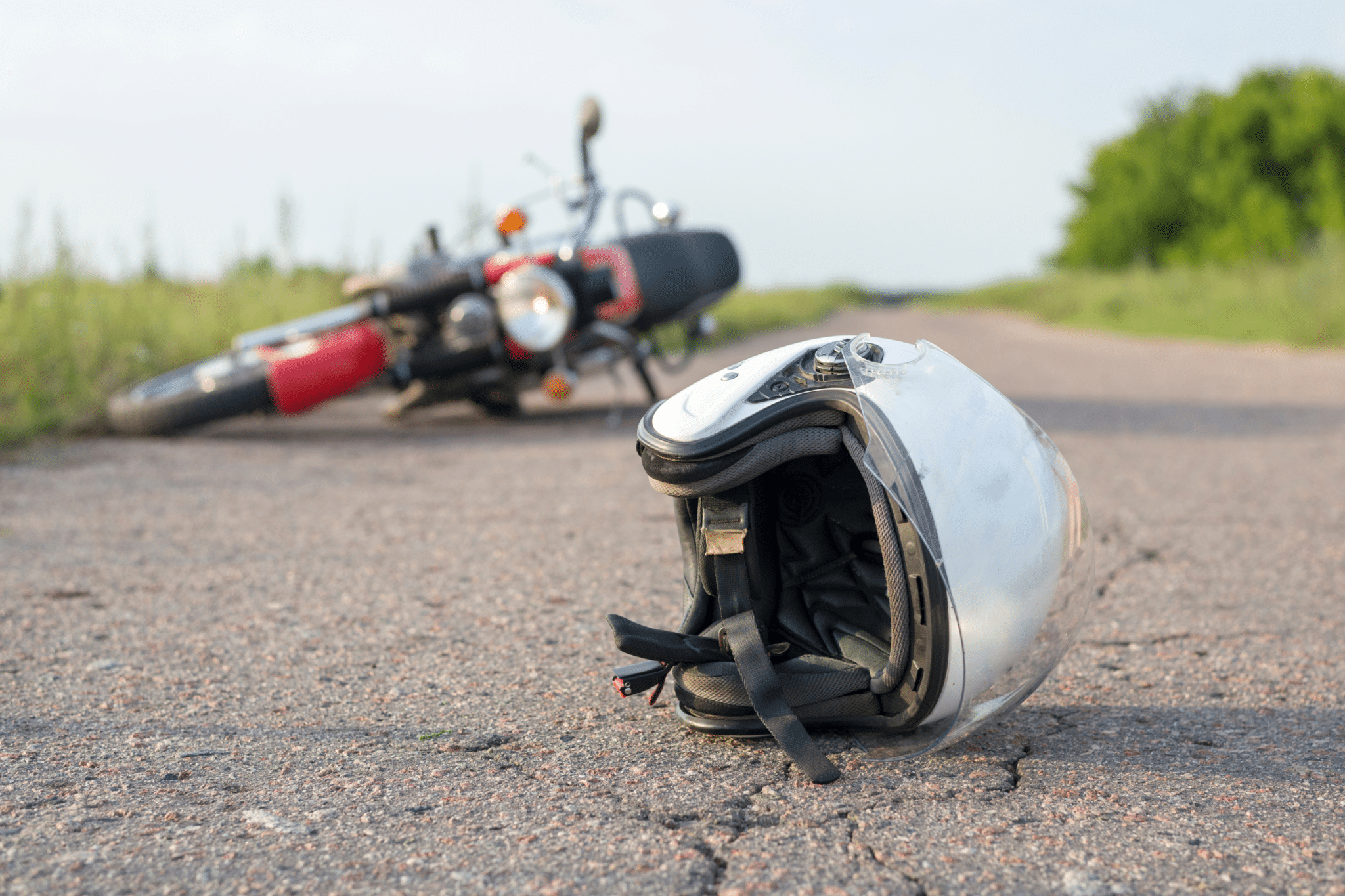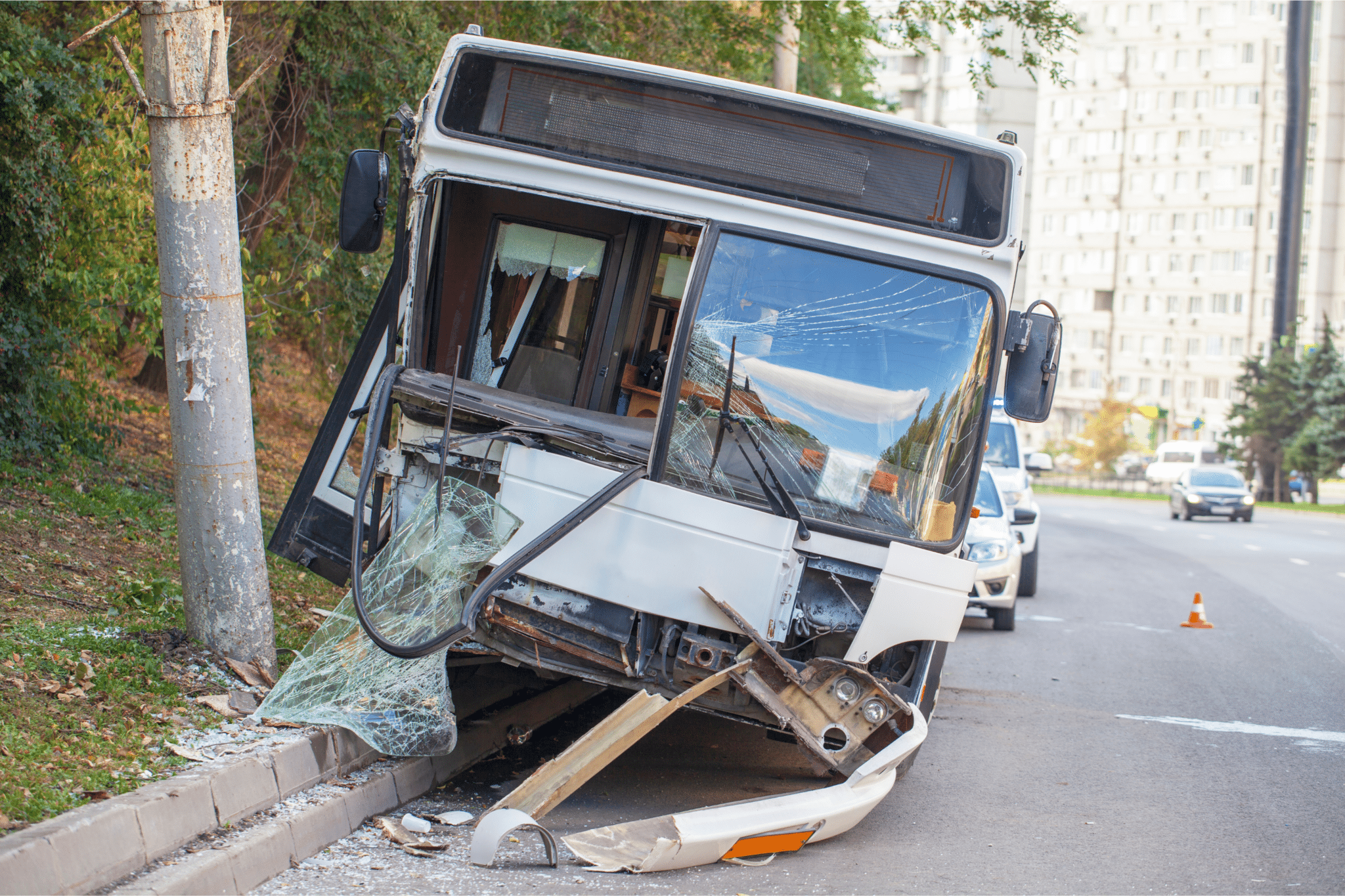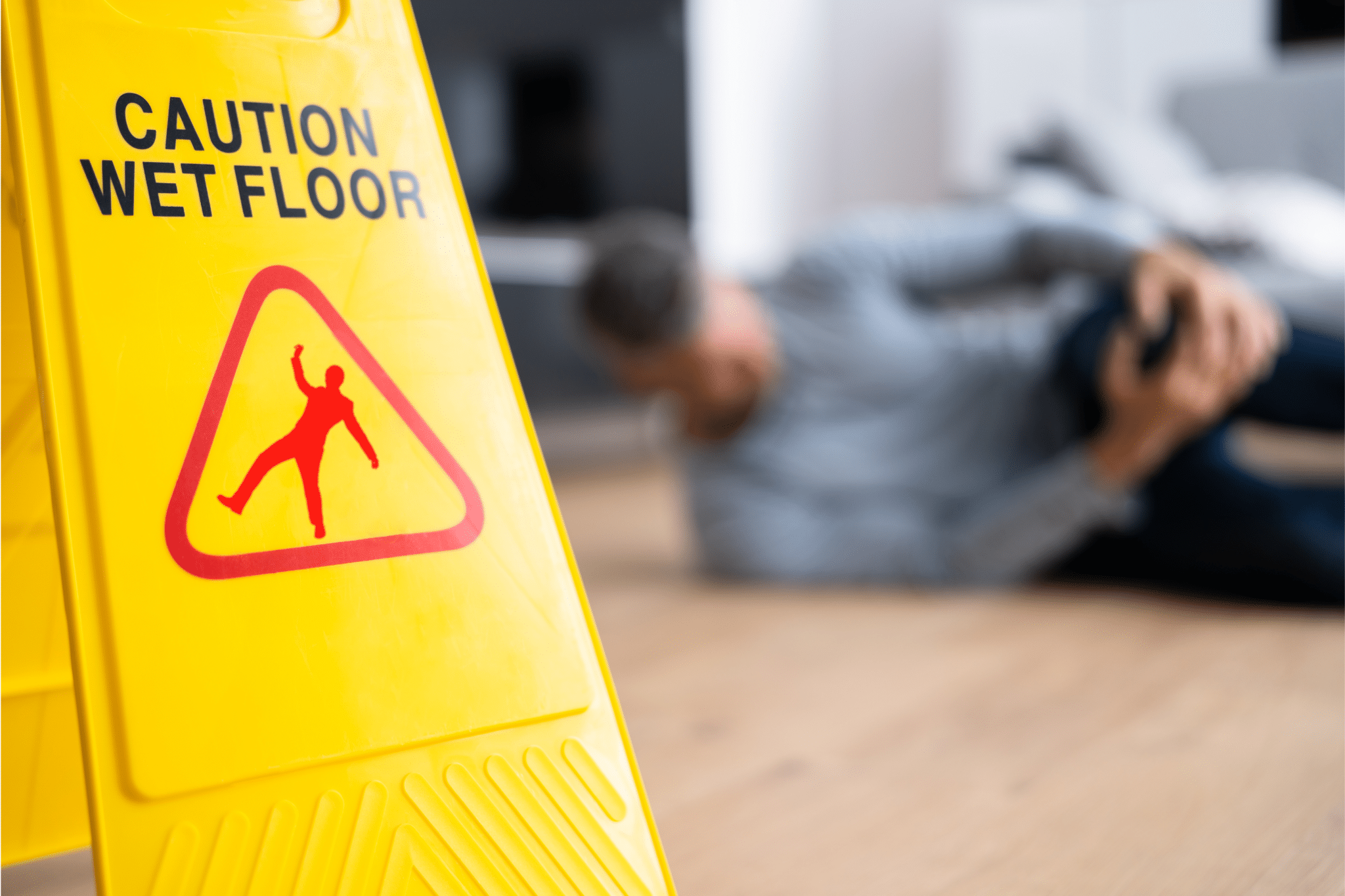School’s Starting in Florida – Avoid Back to School Crashes
Although the back-to-school season is an exciting time of year (for parents at least), it brings a whole new set of risks for school-age kids.
School zones are a chaotic place during pick-up and drop-off of students. Teen drivers, parents dropping off younger kids, buses, cyclists and pedestrians are all confined to a few stretches of streets designated as school zones. Unfortunately, because of the hubbub serious or even fatal crashes are commonplace.
Reduce your children’s chances of becoming involved in a back-to-school crash by teaching your children how to safely commute to and from school.
Create a Walking Safety Plan and Practice with Your Child
If your child will be walking to school, now would be a good time to go over your family’s walking safety plan, and to practice walking to school with your child.
Make sure to teach your child the following pedestrian safety tips:
- Always walk on the sidewalk when one is available. If no sidewalk is available, walk on the left side of the road, such that you’re facing oncoming traffic.
- Before crossing the street, stop. Look left, right, and left again to make sure that there are no oncoming cars.
- If crossing in front of cars at an intersection or crosswalk, make eye contact with drivers before crossing. Always cross at crosswalks and intersections — be sure to avoid jaywalking.
- Stay alert, and avoid looking at phones or other distractions while walking. Be on the lookout for distracted drivers, too, and avoid them.
Clock Time on the Bicycle Route to School
If your child plans on riding his or her bike to school, they really need time practicing bike rides on the route to school they intend to use. Additionally, if you don’t have a bike to ride with your child, follow behind in your car.
Teach children the following biking safety rules:
- Always wear a properly fitted bicycle helmet. No exceptions.
- Wear bright clothing, and if possible wear shoes and backpacks with reflective tape.
- Ride on the right side of the road with car traffic, and in a single file.
- Before crossing a street, come to a complete stop and get off the bike. Walk bikes across the street.
- Avoid distracted riding and stay alert. It’s best not to use headphones, as this could drown out the sound of approaching traffic. If you’ll be using headphones, keep the music at a low volume.
How to Wait, Board, and Exit the Bus Safely
If your child will be riding the bus to school, go over the following bus safety practices:
- For the first few days, go to the bus stop with your child to teach him or her where to wait for the bus safely and how to get on and off the bus properly.
- Stand six feet (or three giant steps) away from the curb.
- Avoid crossing the street in front of the bus if possible. If you must, walk on the side of the road until you’re 10 feet ahead of the bus. Before crossing, make eye contact with the bus driver.
When You Shuttle Your Children and Participate in Carpools
If you’ll be driving your child to school, the onus of safety is partly on you. Be sure to stay alert, and avoid becoming distracted by your children, phone or other distractors.
Make sure to avoid the following safety tips to keep your child and other children safe:
- Obey the school zone speed limits.
- Carefully review the school’s dropoff procedure, and make sure you follow it.
- Make eye contact with children who are crossing the street around of you.
- Never pass buses that are loading or unloading children.
- If possible, pick up and drop off your child directly to and from the sidewalk.
Your Teen Drivers Need (Perhaps the Most) Preparation
Car accidents are the leading cause of death for teens. At the start of every school year, there’s an uptick in accidents, as teens are not only driving to school and school-related activities but are also likely to attend more social events as they reconnect with friends.
Fortunately, you can help your teenage driver stay safe with the following precautions:
- Many teen crashes happen due to inexperience. Practice with new drivers at least weekly, before and after they get their license.
- Distractions are a common cause of teen accidents. Make sure that your teen knows never to use his or her phone while driving. A car full of friends can also be distracting; limit your teen to carrying 1-2 passengers at most.
- When you’re driving with your teen in the car, set a good example by driving the way you’d want your teen to drive.
- Talk to your teen about drunk driving, and make sure that he or she knows to never get behind the wheel drunk, or ride with a drunk driver.
No matter how your children get to school, there’s some risk for crashes. However, taking the time to teach your children safety precautions now can greatly decrease your children’s risk of being involved in a back-to-school crash.
About the Author:
Andrew Winston is a partner at the personal injury law firm of Winston Law. For over 20 years, he has successfully represented countless people in all kinds of personal injury cases, with a particular focus on child injury, legal malpractice, and premises liability. He has been recognized for excellence in the representation of injured clients by admission to the Million Dollar Advocates Forum, is AV Preeminent Rated by the Martindale-Hubbell Law Directory, enjoys a 10.0 rating by AVVO as a Top Personal Injury Attorney, has been selected as a Florida “SuperLawyer” from 2011-2017 – an honor reserved for the top 5% of lawyers in the state – and was voted to Florida Trend’s ”Legal Elite” and as one of the Top 100 Lawyers in Florida and one of the Top 100 Lawyers in the Miami area for 2015, 2016, and 2017.
 Weather the Storm: How Floridians Can Stay Safe in a Hurricane
Weather the Storm: How Floridians Can Stay Safe in a Hurricane 